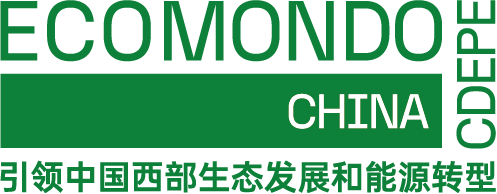RO膜浓水处理工程
Current Situation
The concentrated water produced by the RO system primarily comes from the reverse osmosis system. This type of wastewater often contains non-biodegradable organic substances that are harmful to human health and the ecological environment. Direct discharge may cause serious pollution to soil, surface water, and surrounding ecosystems. If it is discharged into the municipal wastewater treatment system, the high salt content can impact microorganisms and affect the stable operation of existing wastewater treatment plants.
Technical Characteristics of RO Concentrated Water Deep Treatment Standardization
Our company employs the SNFCM-IV catalytic self-electrolysis technology, combined with efficient catalytic oxidation technology for effective pretreatment, to decompose and remove organic matter, heavy metal ions, and ammonia nitrogen in the wastewater, thus creating favorable conditions for the subsequent evaporation system. Due to the high concentration of pollutants in DTRO concentrated wastewater, viscosity rapidly increases during the evaporation concentration process, which can easily lead to the blockage of the evaporator, preventing material discharge and stable evaporation treatment, resulting in system shutdowns or even safety accidents. By implementing an efficient pretreatment process, we can ensure the long-term and stable operation of the evaporator while improving the quality of the condensed water, achieving compliant discharge of evaporated water, crystallizing and separating soluble salts, and realizing the complete harmless disposal of RO concentrated liquid. Additionally, a deep treatment system (recommended to use SAO3 ozone catalytic oxidation technology) is set up to provide an extra layer of assurance for meeting discharge standards, ensuring that indicators such as water color, COD, and ammonia nitrogen fully comply with drainage standards and sensory requirements.
The advantages of the RO concentrated water treatment system are reflected in: (1) Low investment cost, saving 20%-30% compared to traditional treatment processes (Fenton, evaporation). (2) Operating costs can be reduced by 20%-40%. (3) Stable operation, strong impact resistance, and low scaling tendency.
(2) After undergoing our independently developed FCM-IV catalytic self-electrolysis technology, combined with high-efficiency ozone catalytic oxidation technology as pretreatment, the evaporation results are excellent, with high evaporation efficiency.








